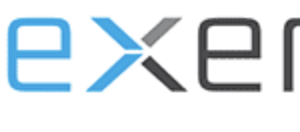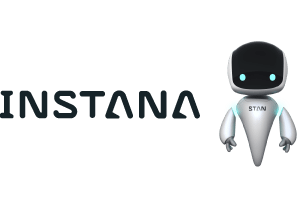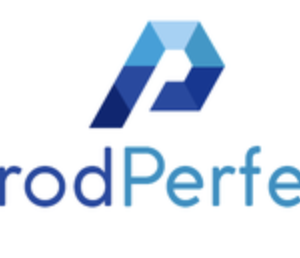Recorded Webinar
Learn the latest tips from the experts!
Gary Gruver’s latest book Engineering the Digital Transformation provides systematic approaches for improving how software is developed for a broad range of applications. This webinar will provide an overview of the key takeaways from Gary’s newest book.

In this webinar we will talk about the last year in value stream management and value stream integration. We will try to answer questions like what is next for value stream and what is the real problem we are solving with value stream management and value stream integration. Also why value stream optimization is so important to agile DevOps and shift left initiatives.

Join us to see how making the move to NoSQL is easier than you think, getting higher value from your applications today and going beyond what you can achieve with legacy relational database technology.

Recorded Event:
The open source world is maturing and with that maturity comes the expectation that you can trust the open source used in software solutions. Studies show that a large percentage of mainstream IT organizations and manufacturers leverage open source in applications, libraries, containers, etc. Open source software license compliance and vulnerability management have never been more important, and trends are taking us down the path of enhanced clarity and tighter controls. The place to start in the software supply chain is with the open source Bill of Materials (BOM).

Recorded Event:
Downtime caused by application performance issues hurts. From lost revenue to eroding customer experience, there are many ramifications when development teams are unable to quickly identify and fix the root cause. Understanding the high stakes of downtime, ExaVault needed to adopt a new application monitoring strategy that improved system-wide performance, reliability and provided visibility into user-level performance.

Many companies have agile product teams that are trapped inside a non-agile organization. Those teams find it nearly impossible to change the culture and working processes of the larger organization. One way to get other parts of the organization to operate more effectively is by surfacing data, so they can see what is impeding customer value.

In June of 2019, Tidelift and The New Stack jointly fielded a survey of professional software developers. Almost 400 people responded with thoughts about how they use open source software today, what holds them back, and what tools and strategies would help them use it even more effectively.
Learn about:
The one last place where proprietary software is still seen as (slightly) better than open source
The three most important obstacles standing in the way of developers using open source even more
The most important factors developers consider when choosing open source packages
And more!

Application architectures have shifted toward microservices running in containers, making them more distributed and adding complexity. Those applications need to be monitored differently in organizations doing digital transformation, and because of the evolution of the software technology stack. This whitepaper explains how APM must evolve to become more comprehensive, simpler to implement, become more developer-friendly and more affordable, to address today’s explosion of new applications in production.
To keep pace with customer demands on software functionality as well as time-to-market expectations, software developers must develop efficient, high-quality code faster. Static analysis helps development teams improve quality and comply with coding standards — without sacrificing speed.
Among the advantages of doing static code analysis are:
* It can reduce false positives and false negatives
* Support for automated code review
* It can increase team collaboration
* It can provide reporting and software metrics
Read this whitepaper today to learn how static code analysis can add automation to your testing processes and save you time and money.

The world of software development has changed, and the way we test software has had to change as well. Today, automation is critical, and testing has“shifted left” to be done much earlier in the development process. It can be daunting, but with the right processes and tools in place, your testing practice can not only keep up with development but can also help you release better quality software at this quickened pace.
This showcase is a guide to some of the companies providing testing tools, as each comes at the challenges from a different perspective. We hope you find it useful.
DOWNLOAD THIS GUIDE TODAY!

Digital transformation is driving business success across many markets. To stay competitive, organizations must be able to ideate, build and deploy new application features quickly. Low-code platforms take development work from IT and give it to everyday business users, who know precisely what they and the business need in terms of their applications.

RECORDED EVENT:
In this session, we will present the latest insights leading AppSec and open source security to shift left into early stages, based on research that encompassed a survey of over 650 software developers worldwide. We will also discuss other strategies and tools that can be used to develop both quickly and securely.

